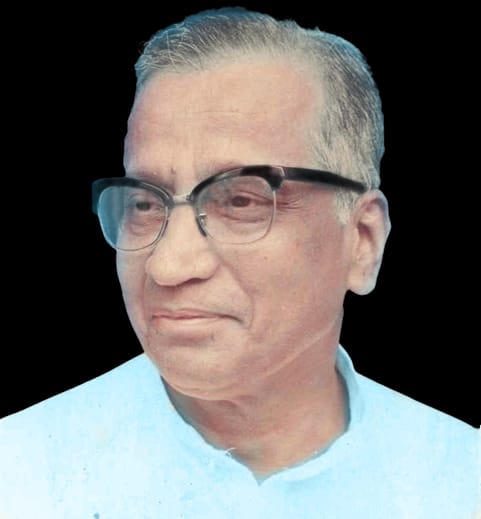India and Bhutan: A Relationship Before and
After Independence
Uttam Lama
Abstract
India and Bhutan have had a relationship that has lasted for centuries. During the late 18th century, the East India Company’s trade-centric approach, which was primarily focused on trading with Tibet, is what led to the relationship between India and Bhutan. After India’s Independence in 1947, the focus changed away from trade and concentrated on geopolitical or strategic challenges. Therefore, the current paper has tried to highlight the transition of the Indo-Bhutan relationship from the past to the present (1774-2019). Further, the study has divided Indo-Bhutan relations into pre- and post-Independence sections that have explained the relationship of Bhutan with British and Independent India. This includes historical treaties and agreements between India and Bhutan which categorically trace the purpose and policies of East India Company and Independent India. Further, the study highlights how the focus has shifted from cross-border trade to geopolitics relations between India and Bhutan. The historical transition of Indian and Bhutan relations also shows that both have experienced rapport and disagreements with each other, particularly on geopolitics and political-economy decisions. Despite many misunderstandings between the two countries, both have always backed each other during times of need. While most of the South Asian countries have been influenced by Chinese development policies, only Bhutan has stood with India’s development policies. Bhutan has not ever played the China card as other neighbouring countries have done. Therefore, the study has also suggested that as many countries are supporting Chinese development policies, India also needs to update its foreign policy in terms of development, particularly in the neighbouring South Asian countries. This will help to maintain India as a hegemonic power and may reduce the influence of China among the South Asian countries. Methodologically, the study explains the issues and makes observations on the topic through descriptive analysis by using secondary data, official statements, reports and literature etc.

